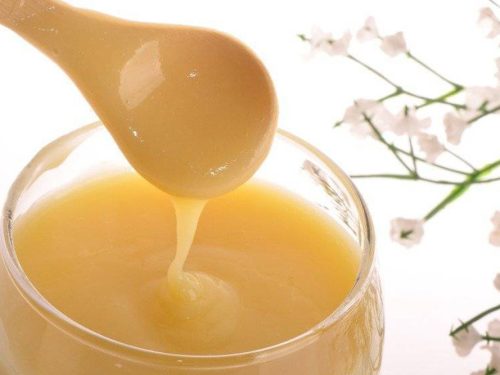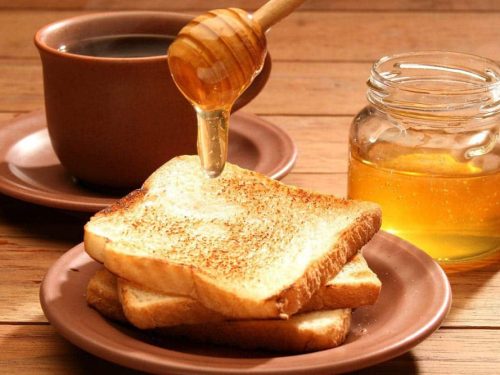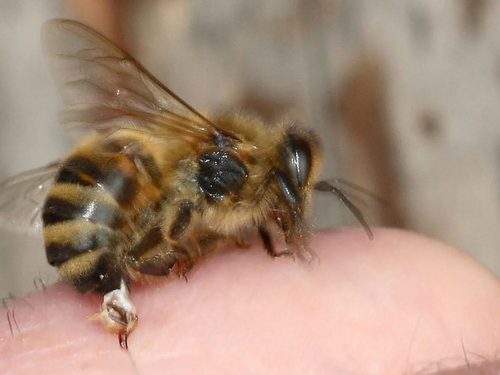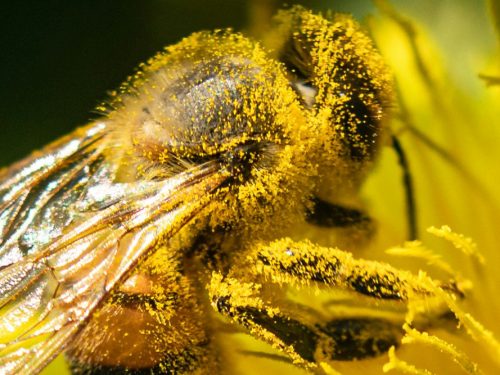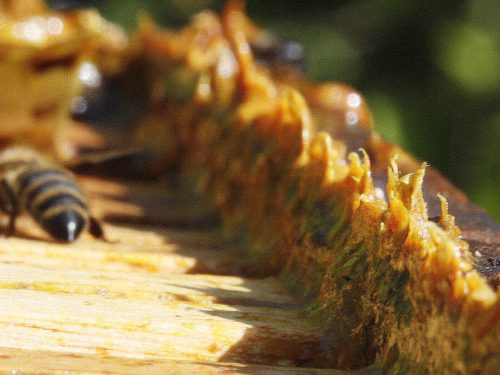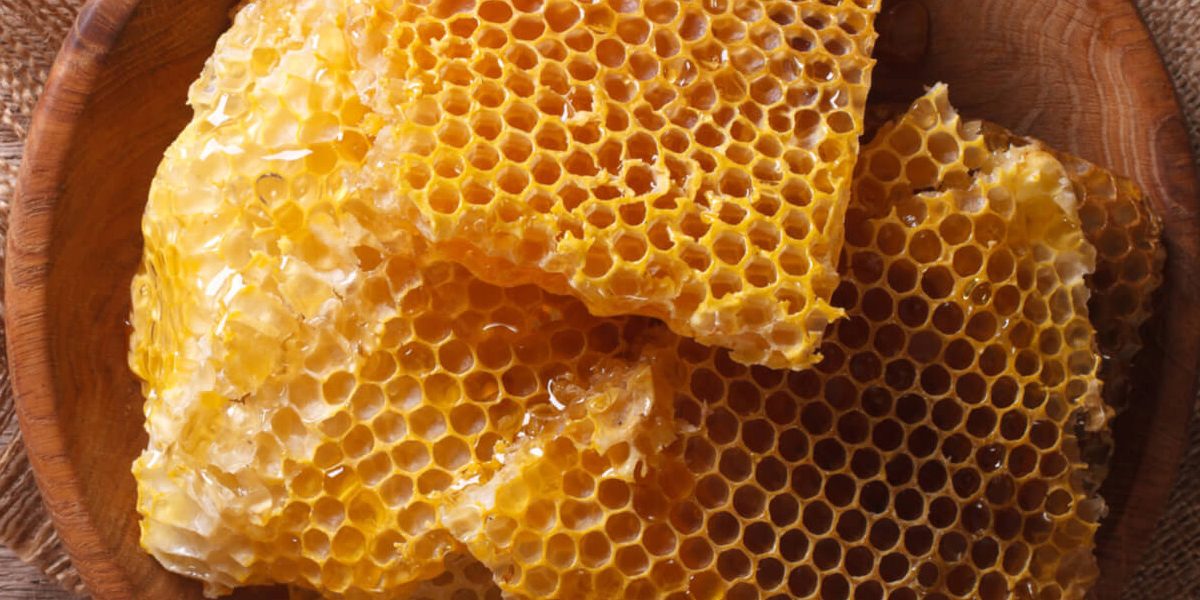
In the world of bees, wax is the basic building block for decorating the interior of their home wherever it is located. From ancient times, people used wax in making paints, embalming, but also in making balms.
Wax is a product of special glands of a bee, and only a worker bee. There are eight or four of these glands on each side of the body, and bees use honey and pollen to produce wax. In the beginning, the glands secrete it in liquid droplets that thicken in contact with the air, and then the bees chew it and make wax plates with the help of enzymes. These plates of bees connect and thus produce hexagonal cells that we know as honeycombs. The honeycomb is more functional, that is, bees reproduce in it, the fertilized egg in the cell first goes through the goat phase of the larva and it later develops into a young bee. In these small houses, bees store their food, that is. honey and pollen. Between the honeycombs in the so-called streets, bees live and work their short lives.
Beeswax is light yellow in color, although it can rarely be darker. Over time, the more bees use it in the hive, the wax gets various impurities and becomes dark brown. Of the other properties, we can say that it is relatively hard, has a pleasant smell, is opaque and tough, but also brittle, it does not dissolve in water, but it dissolves in gasoline, ether and chloroform, etc. The chemical compounds that make up wax are carbohydrates, more fatty acids, ether, alcohol and other compounds.
Today, wax is very important to us as well, so it is mostly used in the pharmaceutical industry for the production of ointments, creams and balms. Beekeepers know very well how nice it is to nibble a young honeycomb full of honey, so the wax in small quantities is good for the digestive organs and has a positive effect on the mouth, gums and teeth.
In order to continue happily chewing young honeycombs full of delicious honey, we need bees alive and healthy.

